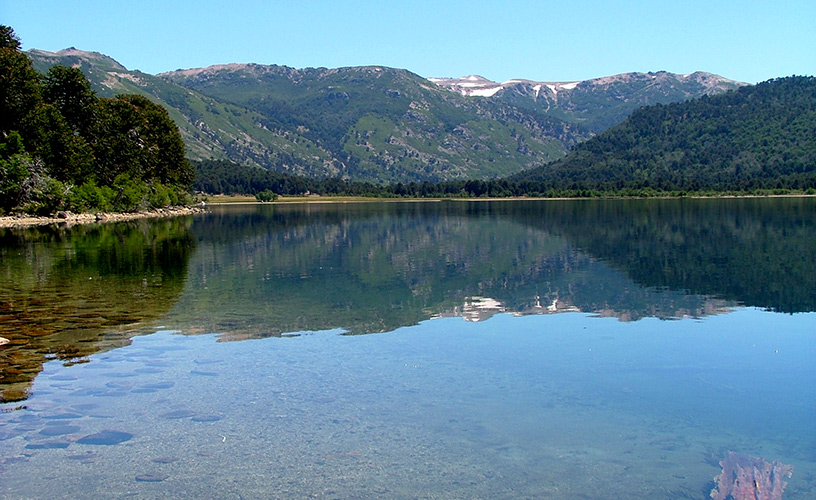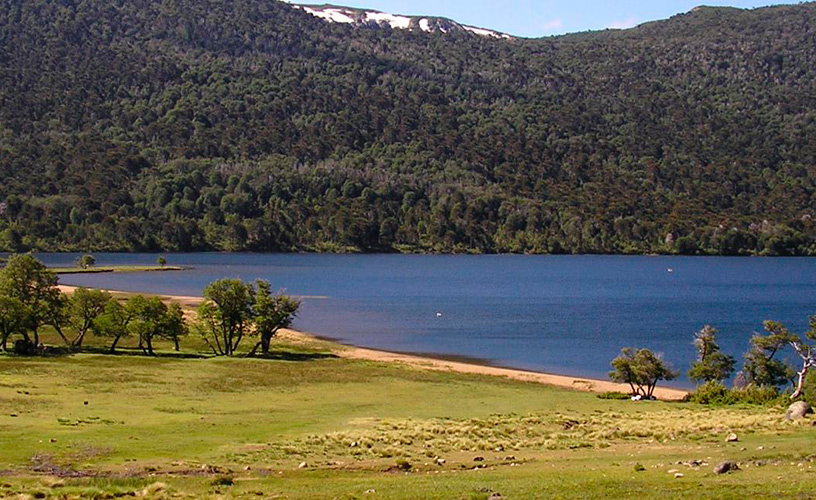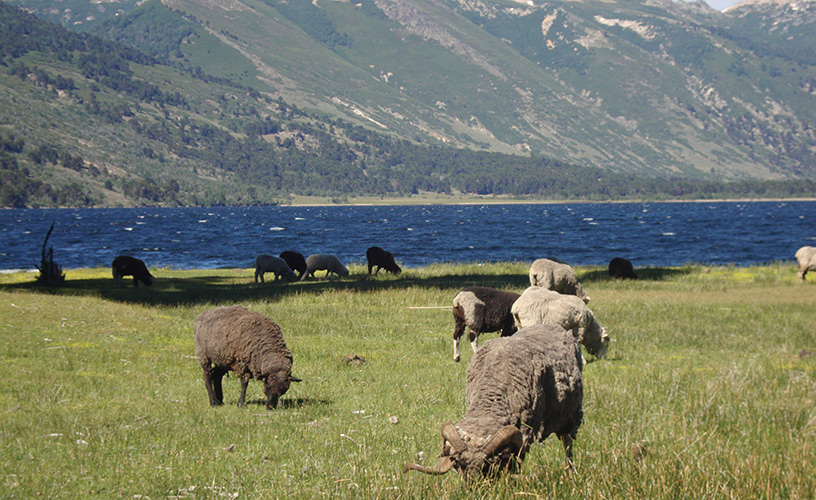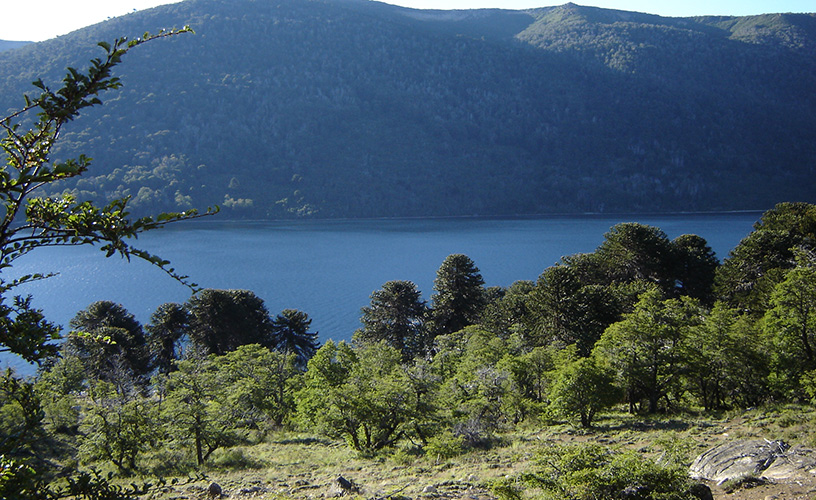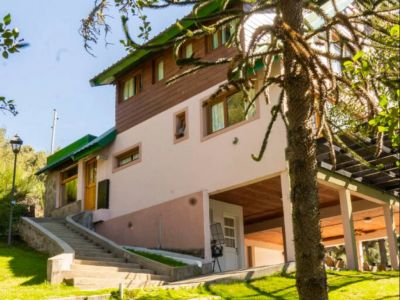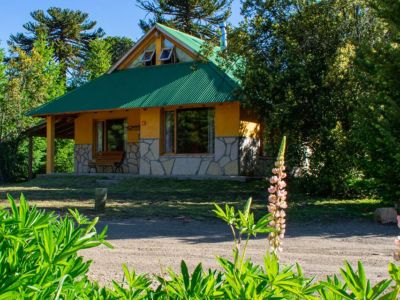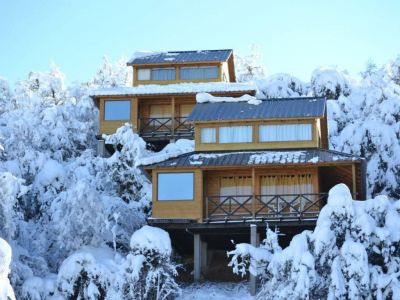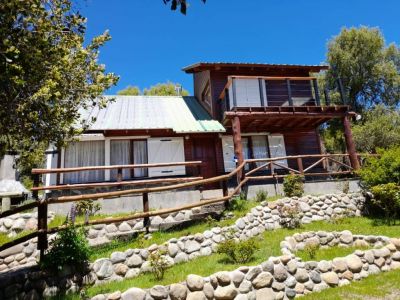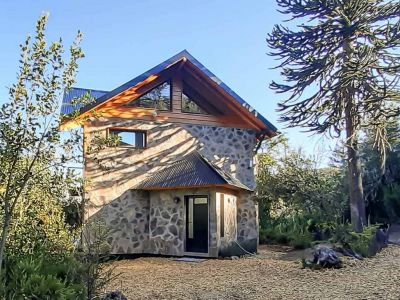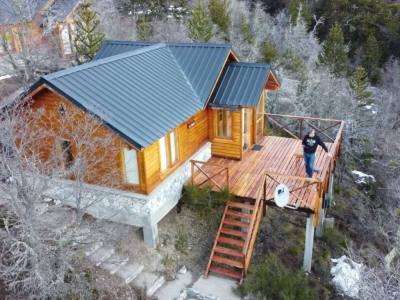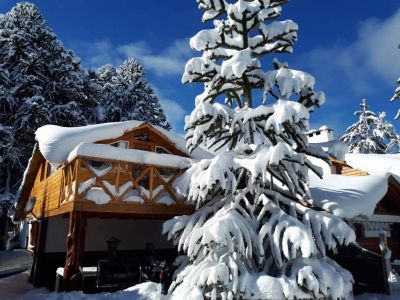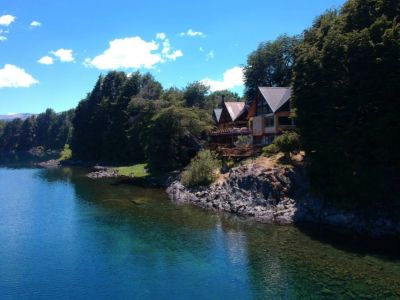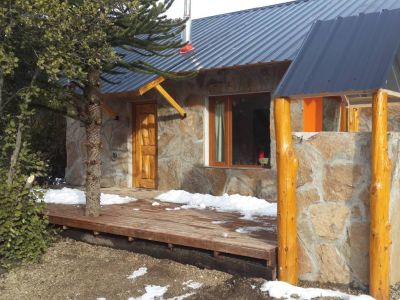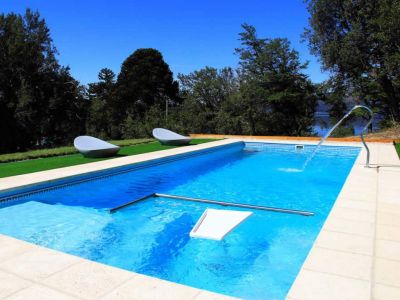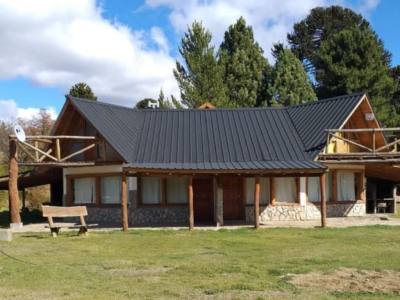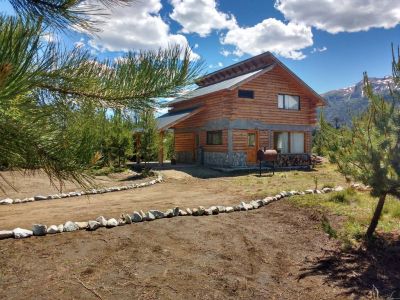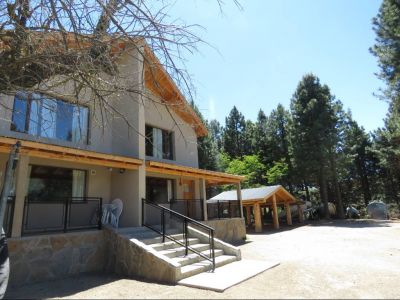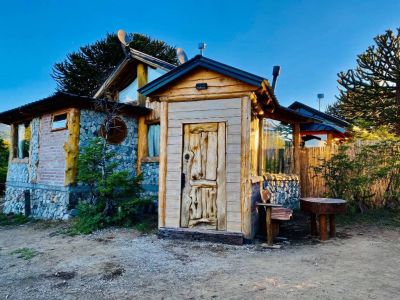“Ruca Choroi” stands for “house of parrots” in the Mapuche tongue. That sign and the almost unspoiled nature in the surroundings of the lake were good incentives to set out and tour around the few kilometers that separate this spot from Villa Pehuenia. Following Provincial Route 23, we headed for the District of Aluminé towards the south. Once there, we turned west towards the mountain range into a rubble road with steep slopes. Two small ponds made us stop on the way to take some photographs and get familiarized with this scenery that shows off flamingoes, black-necked swans and a wide range of ducks as there is no human population in the area. Farther ahead, a sequence of wooden constructions, rural elements and domestic animals grazing follow one another. As we entered the sites called Poi Pucón and Carri Lil, we came across the settlements of the Mapuche Salazar and Mapuche Aigo communities, which have dwelled in the region ever since the early twentieth century. Their rural tasks include raising goats, sheep and poultry, taking care of the orchard and manufacturing woven items and handmade products that help them get by.
Lake Ruca Choroi, in the Mapuche Land
The young members of these communities have received the influence of the city lifestyles in the last few decades. Nevertheless, they preserve their own traditions. “The Nguillatún is one of the religious ceremonies still maintained in the community. Families pray to Nguenechen for prosperity, rain and good pasture lands”, a lady who sold woven items said proudly when we visited her.
We took advantage of the good predisposition of this woman to have a chat and ask her how the Mapuches use the pine-nut, the fruit of the monkey-puzzle tree. Thus we learned that it is the base of their diet. They incorporate it into stews and empanadas and grind it to make flour.
Inside the Mapuche territory there is a primary school, a health post and a third group –the Aigo- closer to the lake. We learned about the ancient customs from all of them. They make up one of the major Mapuche populations in the Province of Neuquén.
Then we entered Lanín National Park, Ruca Choroi Area, where the concentration of monkey-puzzle trees became quite significant. We came close to the park ranger station in order to get some information and were dazzled by the glowing green compact vegetation, the clear result of the heavy rainfall regime during most of the year.
We found a primitive camping area with tables, fire pits and toilets, sheltered by Mounts Ruca Choroi and Los Lagos, where the ancient monkey-puzzle trees co-exist with ñires and other local wildlife.
Mónica Pons
Secretaría de Turismo de Aluminé
